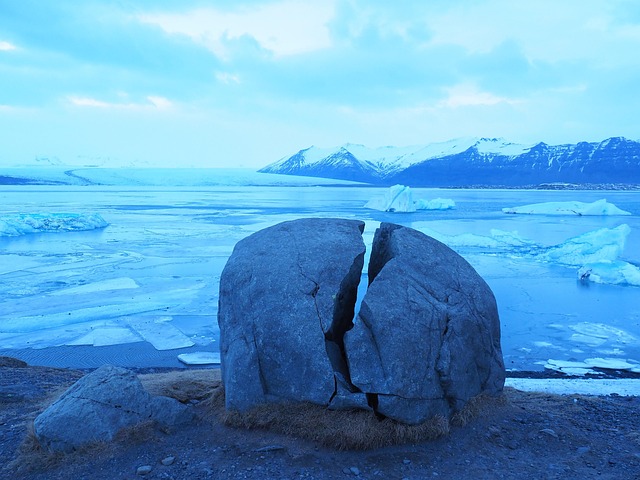The Path to Environmental Wisdom: Addressing Climate Change
 Read MoreThe Path to Environmental Wisdom: Addressing Climate Change
Read MoreThe Path to Environmental Wisdom: Addressing Climate Change Read MoreThe Path to Environmental Wisdom: Addressing Climate Change
Read MoreThe Path to Environmental Wisdom: Addressing Climate Change Read MoreUncovering the Environmental Impact: Obsessive Personality Disorder in Deforestation and Climate Change
Read MoreUncovering the Environmental Impact: Obsessive Personality Disorder in Deforestation and Climate Change Read MoreNavigating Extreme Weather: Sustainable Consumption for a Climate-Changing Environment
Read MoreNavigating Extreme Weather: Sustainable Consumption for a Climate-Changing Environment Read MoreThe Impact of Melting Glacier Stones on the Environment in the Face of Climate Change
Read MoreThe Impact of Melting Glacier Stones on the Environment in the Face of Climate Change Read MoreReviving Hope: The Great Green Wall Battling Desertification in the Face of Climate Change
Read MoreReviving Hope: The Great Green Wall Battling Desertification in the Face of Climate Change Read MoreThe Impact of Schizoid Personality Disorder on Deforestation: Understanding the Links to Environment and Climate Change
Read MoreThe Impact of Schizoid Personality Disorder on Deforestation: Understanding the Links to Environment and Climate Change Read MoreInspiring Change: How Environment and Climate Change Warm Hearts
Read MoreInspiring Change: How Environment and Climate Change Warm Hearts Read MoreEmpowering Communities: The Crucial Role of Support in Tackling Climate Change
Read MoreEmpowering Communities: The Crucial Role of Support in Tackling Climate Change Read MoreThe Silent Suffering: Deforestation’s Impact on the Environment and Climate Change
Read MoreThe Silent Suffering: Deforestation’s Impact on the Environment and Climate Change Read MoreRevolutionizing Environmental Conservation at Sea: Tackling Climate Change Through Innovation
Read MoreRevolutionizing Environmental Conservation at Sea: Tackling Climate Change Through Innovation